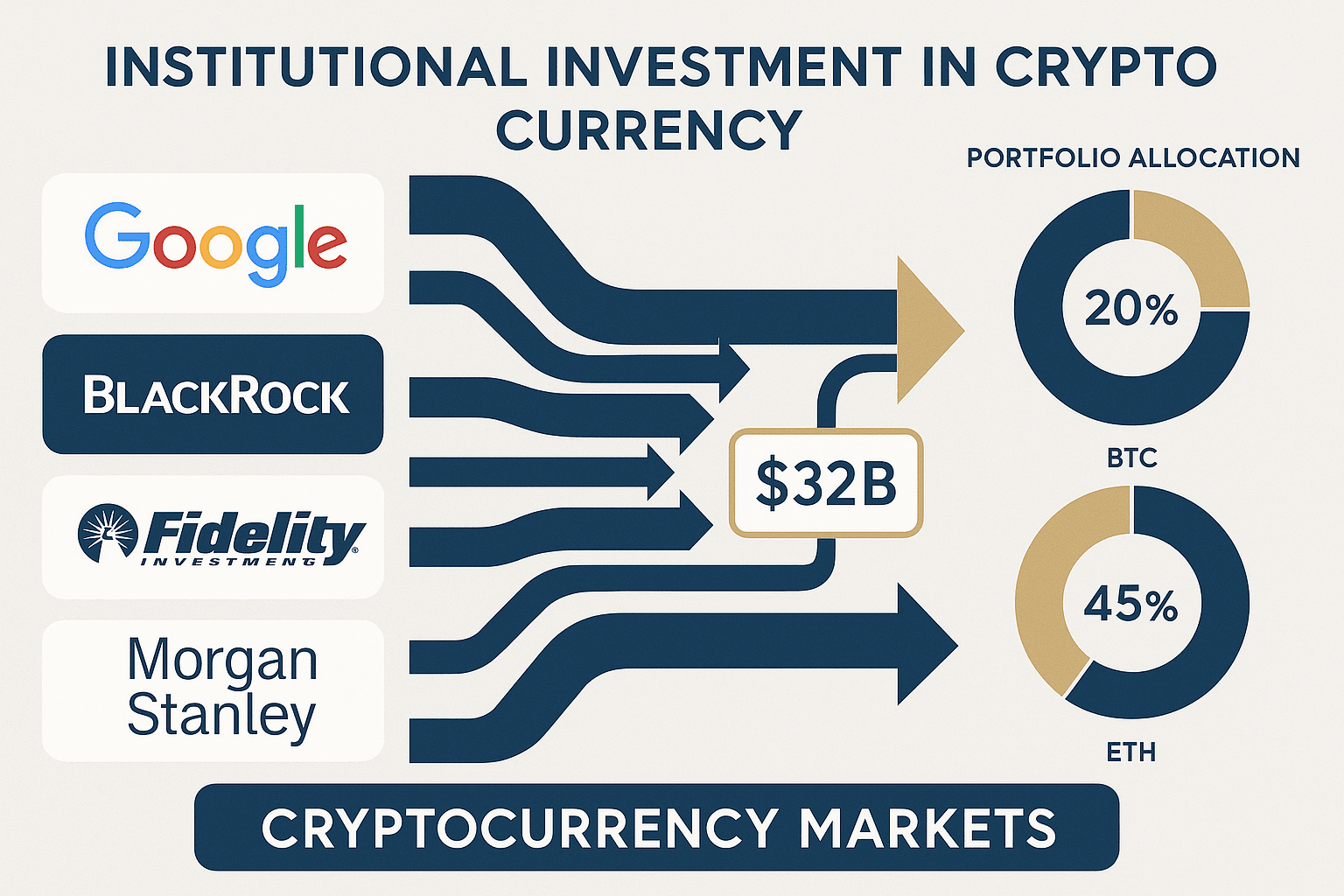
2025 witnessed a historic shift in the attitude of traditional financial institutions towards cryptocurrency. Google announced an investment of $32 billion in cryptocurrency infrastructure, a figure that not only set a record for a single investment but also marked the tech giant's comprehensive recognition of the value of blockchain technology.
Behind this investment decision is Google's deep judgment on the future trends of digital economic development. The $32 billion will primarily be used for blockchain infrastructure construction, Web3 application development, and the building of digital asset management platforms. As one of the world's largest technology companies, Google's investment decision serves as an important barometer, signaling that more tech giants will follow suit.
JPMorgan's comprehensive layout is also noteworthy. This Wall Street giant not only launched its own digital currency, JPM Coin, but also established a dedicated digital asset department to provide comprehensive cryptocurrency services for institutional clients. BlackRock's Bitcoin ETF has seen continuous inflows since its launch, and its assets under management have now exceeded $20 billion, making it one of the fastest-growing ETF products in history.
Institutional investors entering the cryptocurrency market are not blindly following trends but are based on in-depth fundamental analysis. The trend of digital transformation provides a broad application prospect for blockchain technology and digital assets. The demand for inflation hedging drives institutions to allocate digital assets, with the scarcity and anti-inflation properties of digital assets like Bitcoin making them an important complement to investment portfolios. The need for portfolio diversification also drives institutional participation, as digital assets, being a relatively independent asset class, can effectively reduce the overall risk of the portfolio.
According to statistics, in the first eight months of 2025, institutional investors invested over $150 billion in the cryptocurrency market, a figure that is three times the total institutional investment for the entire year of 2024. More than 60 of the world's top 100 banks have already launched digital asset-related services.
The participation of institutions is changing the fundamental structure of the cryptocurrency market. Changes in the investor structure, alterations in trading behavior, and improvements in market depth are all laying the foundation for the long-term healthy development of the market. The awakening of institutions is just the beginning; greater transformations are yet to come.



